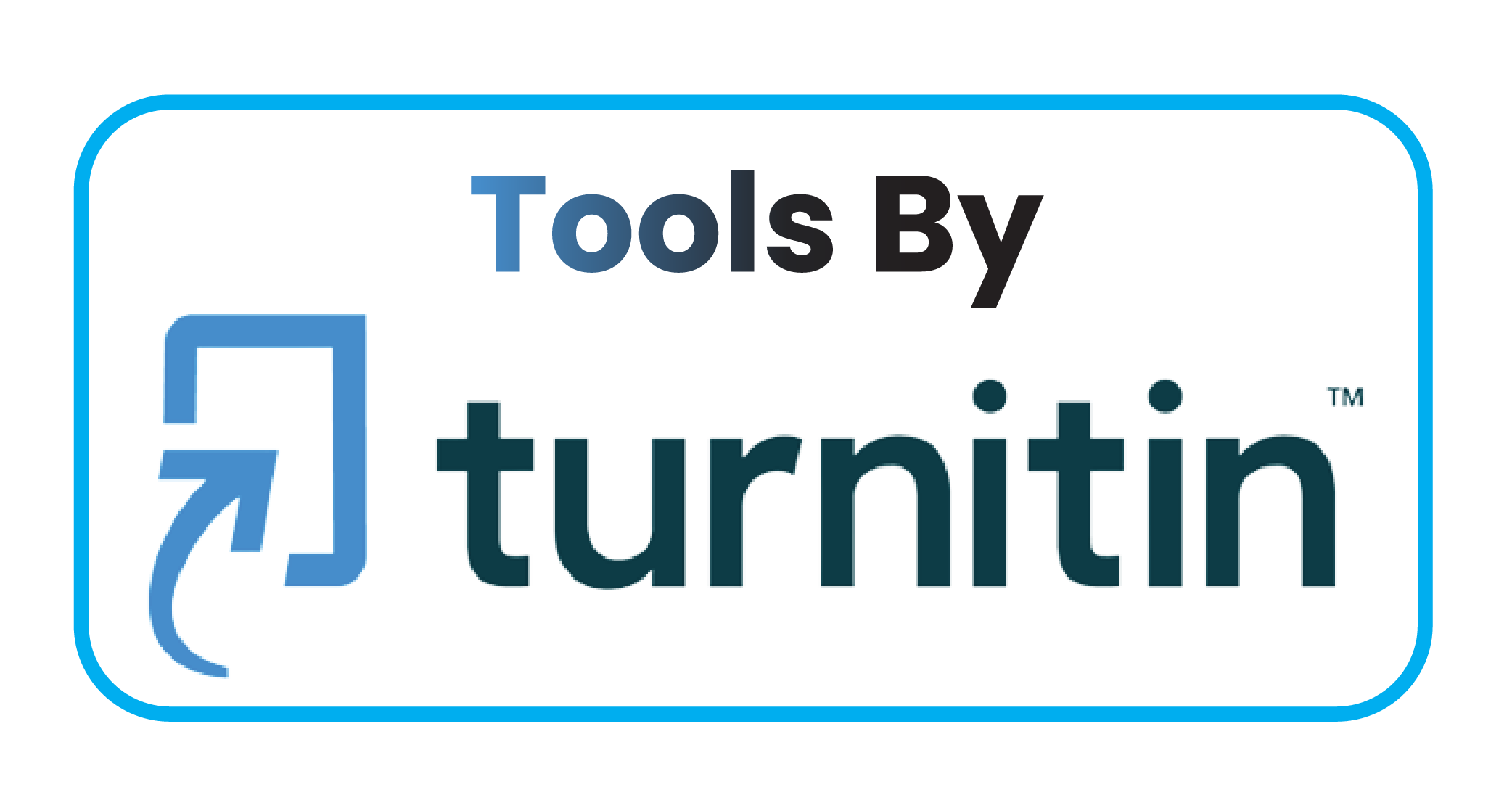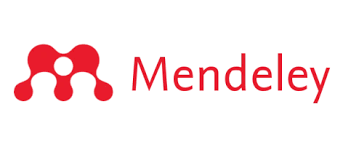Drug Stock Optimization at Hospital Depot Using Shuffle Frog Leaping Algorithm (SFLA)
DOI:
https://doi.org/10.59888/ajosh.v2i11.409Keywords:
machine learning;, medicine stock;, hospital;, data warehouseAbstract
Optimal, efficient, and accurate drug stock management at hospital depots is crucial for ensuring the smooth operation of medical and operational services. Therefore, the use of machine learning is currently essential for managing drug stocks at hospital depots more optimally. This optimization process involves stages such as data collection, data pre-processing, attribute selection, data labeling, classification algorithm selection, model training, model eval_uation, and result interpretation. The data used in this research includes information on drug stocks at hospital depots with details on drug items, quantities, prices, depot origins, demand trends, and types of transactions. The aim of using these algorithms is to classify drug stock items into categories such as "sufficient," "deficient," and "excess" based on historical data patterns and relevant attributes. Model eval_uation is carried out by comparing classification results with actual data and measuring eval_uation metrics such as accuracy, precision, recall, and F1-score. It is hoped that the classification results will indicate the need for optimization in the previously implemented algorithms and provide new solutions for managing drug stocks at hospital depots. The Shuffle Frog Leaping algorithm (SFLA) implemented will help drug stock management staff identify demand patterns more optimally, efficiently, and accurately. Thus, this research has the potential to make significant contributions to optimizing drug stock management and decision-making at hospital depots, which will also positively impact the progress of hospital services.
Published
Issue
Section
License
Copyright (c) 2024 Annazma Ghazalba, Agung Mulyo Widodo, Budi Tjahjono, Gerry Firmansyah

This work is licensed under a Creative Commons Attribution-ShareAlike 4.0 International License.
Authors who publish with this journal agree to the following terms:
- Authors retain copyright and grant the journal right of first publication with the work simultaneously licensed under a Creative Commons Attribution-ShareAlike 4.0 International. that allows others to share the work with an acknowledgement of the work's authorship and initial publication in this journal.
- Authors are able to enter into separate, additional contractual arrangements for the non-exclusive distribution of the journal's published version of the work (e.g., post it to an institutional repository or publish it in a book), with an acknowledgement of its initial publication in this journal.
- Authors are permitted and encouraged to post their work online (e.g., in institutional repositories or on their website) prior to and during the submission process, as it can lead to productive exchanges, as well as earlier and greater citation of published work.










